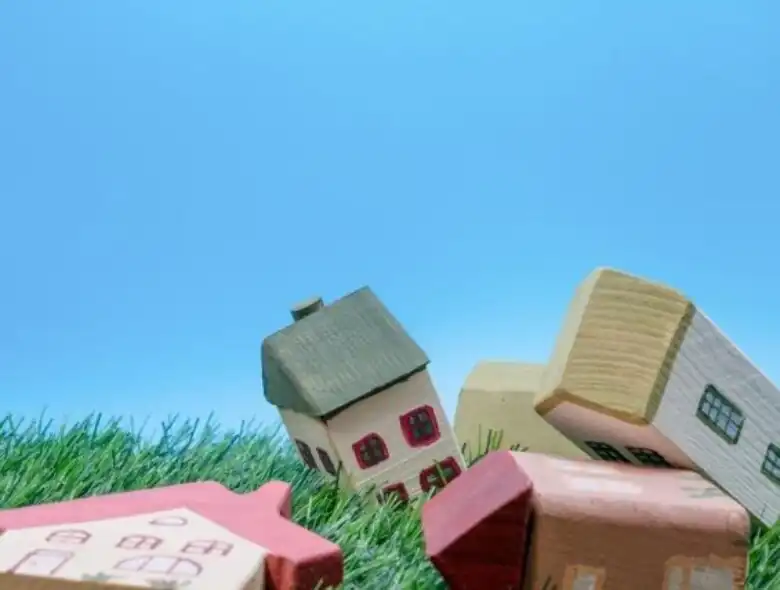Japan frequently experiences earthquakes, tsunamis, typhoons, and volcanic eruptions. However, it is impossible to prevent natural disasters in advance. Many people likely worry about what they can do to stay safe and protect themselves and their families.
In this article, we will go over what to prepare for, what actions you can take before and after a disaster, and how you can get information when a disaster occurs.
Village House offers wonderful properties all over the country. If you are considering moving to avoid disaster risks, check out our website!
Types of Natural Disasters in Japan
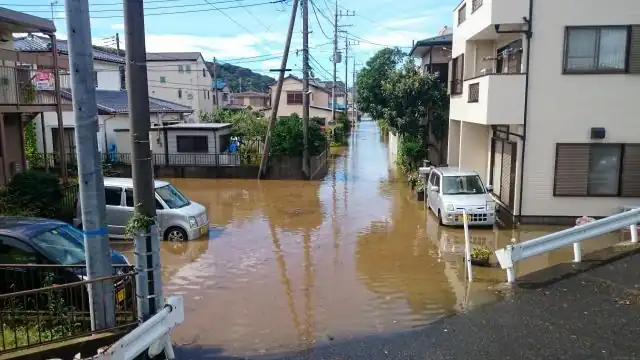
Disasters in Japan are classified into two types: non-seasonal disasters, which occur regardless of the season, and seasonal disasters, which can occur during any season.
Non-seasonal disasters
- earthquakes
- tsunamis
- high tides
- landslides
- volcanic eruptions
- strong winds
- lightning strikes
- tornadoes
Seasonal disasters
- heavy rains
- flooding
- heavy snow
- typhoons
- droughts
Check Your Natural Disaster Map (Before a Disaster Occurs)
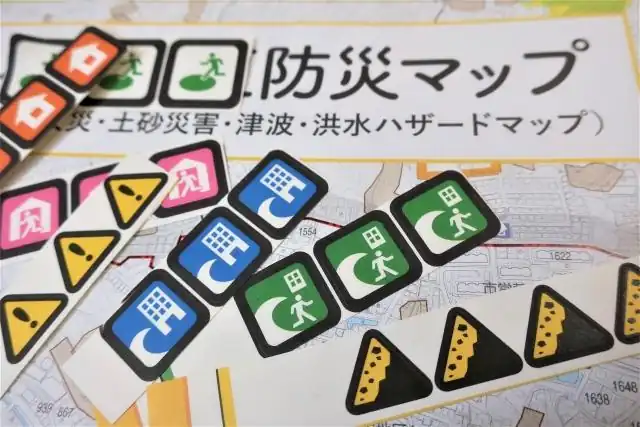
If you are considering purchasing land or moving, check the disaster risk on a disaster prevention map. A disaster prevention map (hazard map) is a map that predicts and visualizes damage from natural disasters.
The following items can be used to check your local disaster risk:
- Earthquakes
Earthquake hazard maps show the percentage of areas where homes will likely be destroyed in an earthquake. If you plan to purchase land with a high earthquake risk, consider reviewing earthquake countermeasures.
- Tsunamis
The tsunami hazard map shows areas at risk of flooding due to tsunamis caused by earthquakes and so on.
- Flooding
You can check where levees have been destroyed by typhoons/heavy rains, risks of flooding, emergency evacuation shelters, and so on.
- Storm surge
Storm surge refers to high waves and river flooding caused by things like typhoons and cyclones. The storm surge hazard map shows the areas expected to be flooded and the scale of damage. You can also locate emergency evacuation shelters.
- Inland waters
Inland water refers to flooding caused when drainage pipes cannot drain water due to something like heavy rain. On the inland water hazard map, you can see areas likely to flood from inland water, evacuation shelter information, and so on.
- Landslides
In the hazard map for landslides, you can check the locations where landslides have occurred, areas at risk, and emergency evacuation shelters.
What to Prepare in Your Emergency Kit Before a Disaster Occurs
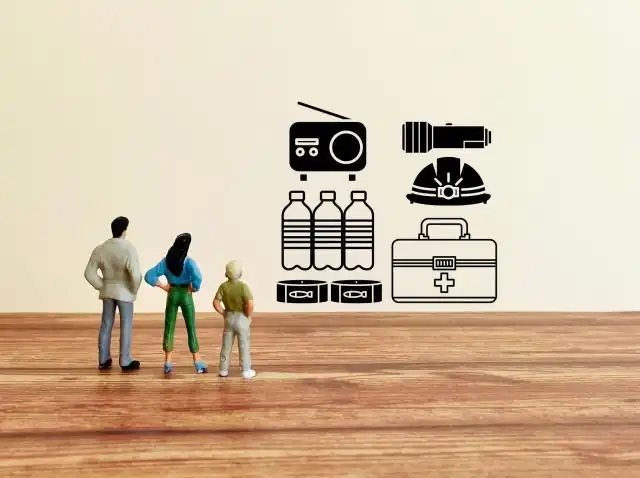
To reduce disaster risk, we recommend the following three things:
- Prepare a disaster items kit
You will need the necessities, especially for women, children, and the elderly. Pregnant women will need hygiene products and their maternity health notebooks. If you have small children, you will need diapers and baby food. And if there are elderly people, you may need caregiving supplies and adult diapers.
It is necessary to consider the family’s situation and what they need. Please note that you must regularly check the expiration dates of emergency supplies such as water and foodstuffs.
- Secure furniture
In the event of a major earthquake, furniture may fall over and cause injury or even block evacuation routes and trap inhabitants. An important disaster prevention measure to protect yourself from such danger is to secure furniture to prevent it from falling.
If you want to secure tall furniture such as cupboards or bookshelves, then anti-fall furniture tension rods are a good option. You can use tension rods in rental homes and easily install them in the gap between the furniture and the ceiling. We also recommend using a shatterproof film to prevent glass from scattering when it breaks.
In addition to securing furniture, you also need to consider where to place furniture. Place large bookshelves and drawers where they will fall away from your bed. Do not place furniture near the entrance to ensure an evacuation route.
- Participate in disaster prevention drills
Join disaster prevention drills in your area. Knowing the evacuation route and location in a disaster will help you get to safety calmly. Also, you should check the evacuation routes not only from your home but also from your workplace.
Check Your Safety Using the Emergency Message Hotline
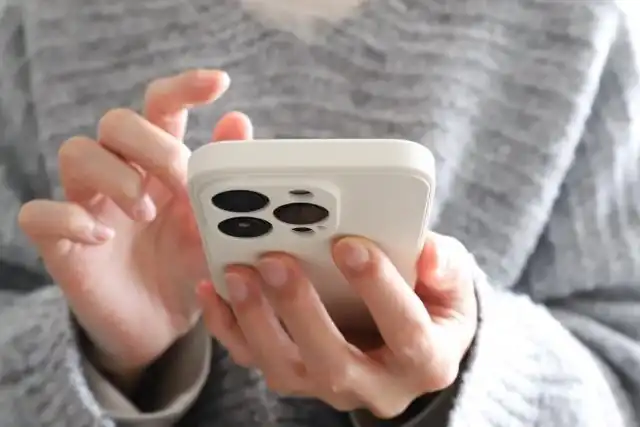
Disaster Message Dial is a voicemail service that uses a person’s phone number or mobile phone number in a disaster area as a key to record and playback safety information.
Disaster Message Dials are provided when a disaster, such as an earthquake or eruption, occurs and communications to the affected areas are difficult to connect. People want to know the safety of their family and friends as soon as possible. However, telephone services are often difficult to connect in disaster-stricken areas.
Here are the instructions for using the Disaster Message Dial.
How to use Disaster Message Dial (171):
Recording Method
- Dial “171.”
- Select “1” if you want to record according to the guidance or “3” if you want to record using a PIN code.
- Dial the phone number (including area code), mobile phone, PHS, IP phone, etc. in the disaster area.
Playback
- Dial “171.”
- Select “2” to play according to the guidance or “4” to play using a PIN code.
- Dial the phone number (including area code), mobile phone, PHS, IP phone, etc. in the disaster area.
Reference:NTT West Japan|Disaster Message Service 171& web171
We have set up “practical use days” for the Disaster Message Dial outside of times of disaster so you can try it out with your family and friends. It’s a good idea to practice beforehand for some peace of mind.
NTT East Japan | Disaster Message Dial (171)
NTT West Japan | Disaster Message Dial (171)
How to Get Information During a Disaster and Emergency Broadcasts
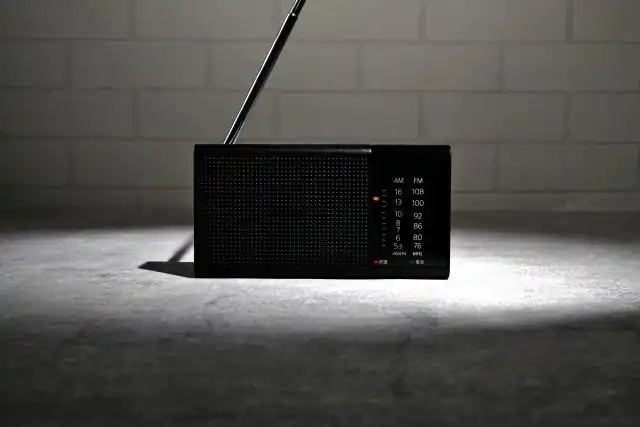
- TV
On TV, you can get text and video information in real time. However, it may contain shocking scenes, so there is a chance that you may end up mentally exhausted by watching images you don’t want to see.
In times of disaster, people tend to become mentally unwell. Gathering information is important, but it is also important to rest your mind after evacuating.
- Radio
Battery-powered emergency radios are a great way to gather information, even during a power outage. Even if you don’t have a radio, you can listen to radio broadcasts using an app on your smartphone. Unlike television, radio only provides audio and shares accurate information in real time.
- Social Network Sites (SNS)
Social networks like X (formerly Twitter) allow you to get real-time information faster than TV or radio. Since the posts use videos and photos, the content is easy to understand and convenient because individuals can contact each other.
However, during disasters, there are often posts on social media that contain false information and lead people to fake donation sites. Please judge the content of posts carefully, and don’t be influenced by fake information.
- Internet News
If you have an internet connection, check out the news posted on the internet. Make sure to keep your smartphone charged and get the information you need.
Similar to the information on SNS, there is content that will lead you to fake donation sites. Therefore, it is necessary to select information and check its credibility carefully.
Every disaster has a major impact on human life, so it is essential to take precautions in advance. In the event of a disaster, your priority should be to take action to protect your life. As well as to be sure to gather accurate information.
If you are looking for a home with a low risk of disasters, please get in touch with Village House, where deposits, key money, fees, and renewal fees are 0 yen. We will introduce you to reasonably priced and great properties located all over Japan.
*Depending on the contract details and screening results, a security deposit and a joint guarantor may be required.
Related articles:

Hello, I’m Machiko Doi, a freelance writer who writes about housing and living in Japan.
I live in an 80-year-old house that I inherited from my grandparents along with my two shelter cats and daughter.
We live a relaxed life while repairing the house.
I like to cook vegetables from the garden and fresh fish caught by my father, and enjoy them with cold beer on a hot day or hot sake on a cold day.


